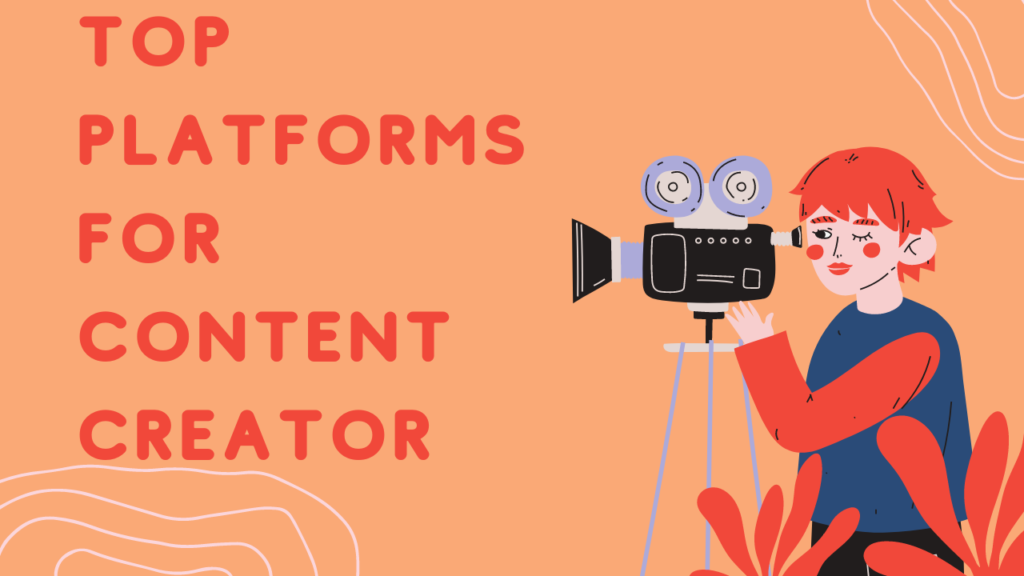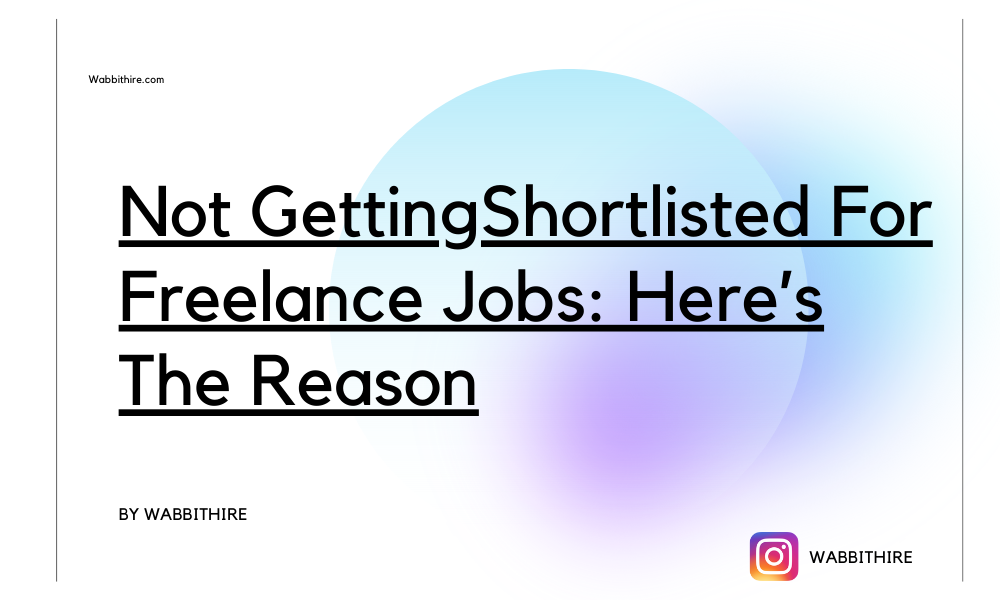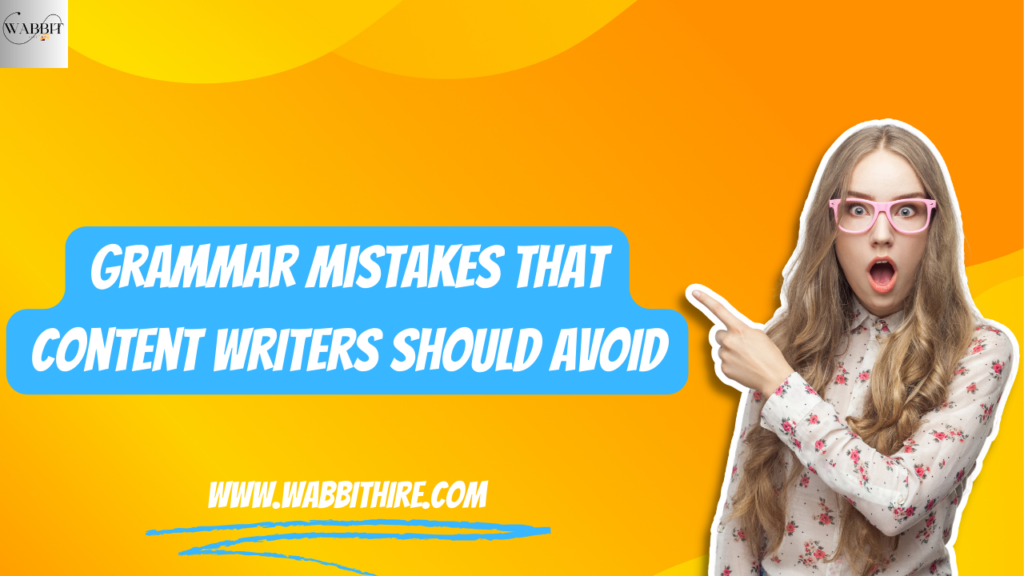There are about 207 million content creators worldwide, and the global influencer market is valued at $21.1 billion. Every day, millions enter the content creation market, increasing the competition. Staying on top of this competition is important, so here are the top 8 platforms for content creators.
8 Platforms Every Content Creator Must Use
In this evergrowing content market, one must know how to advertise their content. This post will walk you through the top 10 platforms for content creators and the advantages and disadvantages.
Youtube
Regarding video sharing, YouTube is the ultimate goldmine among platforms for content creators. In addition, with over 2 billion users, YouTube offers immense possibilities for creators to dive deep into anything from gaming to educational tutorials.
Monetizing features serve as an added incentive for creators. It is also a powerful search engine and a go-to platform for tutorials, reviews, and live streams. Thus, it is a most potent tool for video-type content distribution and audience building.
Advantages
- Earning potential- Superchats, ads, sponsorships, membership
- Global Reach
- Long-term content value- Generates views and revenue for years
Disadvantages
- Algorithm Dependency: unpredictable and may impact growth
- High competition
Think of a platform for short-form content that excels in entertainment, advertising, brand-building, community engagement, networking, education, e-commerce, and event promotion. Sounds too good to be true? That’s Instagram.
Accordingly, it has various content types that cater to creators, such as stories, posts, lives, guides, reels, shopping, analytics, collaborations and partnerships, and IGTV. With over 1 billion monthly active users, Instagram remains one of the leading platforms for content creators.
Advantages:
- Visual Engagement
- Wider audience and high engagement
- Community Building
Disadvantages:
- Algorithm Dependency
- Content Saturation- Too much content makes it hard to stand out
X
X, previously known as Twitter, is a very interactive real-time social media network despite having some drawbacks.
People who create content use it to join trending conversations, build a community, and connect with other influencers and brands. X moves quickly, so creators can post short content often without making long posts or videos.
Advantages:
- Real-Time Potential
- Viral Potential
- Networking and Engagement
Disadvantages:
- Monetization Challenges- limited monetization options
- Fast Content Lifespan- short lifespan
Reddit, one of the platforms for content creators, must not be underestimated as it is your key to surviving in the world of content creation. It has countless “subreddits” on various topics, and creators can target specific audiences, receive feedback, and share their work.
These subreddits also often feature resources, tips, and advice that can help creators with various aspects of their work, from technical guidance to marketing strategies.
Advantages:
- Community Engagement
- Diverse Content Formats
Disadvantages:
- Strict Rules and Moderation
- Anonymity and Criticism
Canva
Canva is a simple app that makes great designs. It’s like having tools and stickers that you can drag and drop to create posters, social media posts, and even birthday cards.
It starts with a decent template, and from there, it can change the colours, add pictures, and mess with font styles and colour. It’s perfect for when you want something to look great without being a pro artist.
Advantages:
- User-Friendly Design Tools
- Versatility
Disadvantages:
- Limited Customization
- Overused Templates
Also Read: Top Tools for Content Creator in 2024
LinkedIn is a platform for job seekers but it no longer remains as such. Among the platforms for content creators, especially for professionals and the B2B space, it is highly valued. It helps build a community while showcasing your expertise making it a crucial tool to grow in the field.
Sharing content on LinkedIn allows creators to showcase their expertise and reach a wider audience.
Think of it as getting networking opportunities ideal for sponsorships and career advancement.
Advantages:
- Professional Networking
- Thought Leadership
Disadvantages
- Limited Reach for Creative Content
- Algorithm and Visibility- It’s limited
Pinterest is often called the platform of aesthetics. It’s a site where people find beautiful, cool, inspiring pictures. While it isn’t at the top of most lists, it is a nice home for visual content. Due to the capabilities of Pinterest, users come to it to find new ideas and trends. This makes it a great outlet for DIY, food, travel, and fashion creators.
Despite being often overlooked, don’t underestimate it in content creation. Pins on Pinterest have a longer life than those on social platforms for content creators, allowing your content to keep serving you with time.
Advantage:
- Visual Discovery
- Long-Lasting Content
Disadvantage:
- Limited Engagement
- Traffic Dependency
Twitch
Streaming has become popular, and lots of people are getting into it. One of the best platforms for content creators to stream on is Twitch. On Twitch, you stream yourself playing video games, drawing, talking to people, doing fun activities live and letting viewers engage with you in real-time. Many creators like Ninja have started their content creation journey on this platform.
That’s a great way of sharing what you like with others, communicating with people, and probably building up your fan base. Twitch makes streaming easy, and that’s why so many people use it today!
Advantages:
- Live Interaction
- Monetization Opportunities
Disadvantages:
- High Competition
- Time-Intensive
Conclusion
In this fast-paced digital landscape, staying on top is the key. The platforms for content creators discussed above provide opportunities for new content creators to build a community, grow a brand and earn revenue. By understanding how each works, you can align your goals with the best platform for you.
Follow Wabbithire for more




